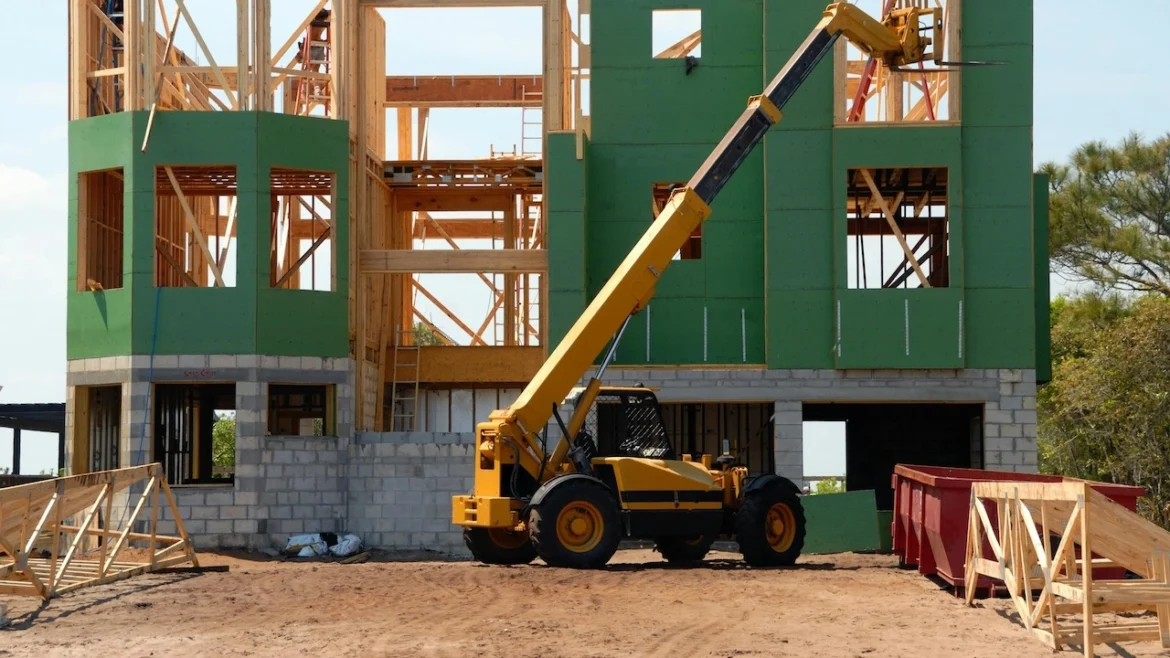It’s never easy to show a client of ours that the brand-new home they just bought and moved into has a mold problem.
But yes, we have had to do that many times.
It’s also hard for them to hear it and even harder to believe it, until they too see it.
Sadly, new homes can sometimes have more severe mold problems than many older homes do.
This does not mean that your new home will always have mold problems—it won’t—but it does mean that there are mold problems specifically caused by new home construction, and that as its first occupant and homeowner, you’ve been first to have to deal with them.
At Mold Solutions, we’ve seen and solved this many times, for many Tampa Bay homeowners.
Our Free Environmental Consultation is available as one of the best ways for new homeowners to find and correct a mold problem if one exists.
Causes of Mold Growth in New Homes
Mold growth in new homes happens for a number of reasons, the most common of them being:
- Your new home was constructed during a very wet season, and building materials were never given a chance to fully dry out, prior to being closed up. (Walls, flooring, ceilings, attics, and even concrete needs time to dry out.)
- More and more, newer homes are being built with more highly-processed material that molds easily. Since mold loves and lives off of organic material, much of what goes into your brand-new home is its perfect food source.
- Design or construction defects, hidden leaks, and other problems that might happen when “breaking-in” a new home. You’re it’s first owner and occupant, so are going to be first to see and deal with any defects.
In other cases, mold growth doesn’t necessarily depend on the age of the building, but on whether or not there’s enough moisture or water present.
The things mold requires to grow are already in huge supply in Florida: Moisture (water or humidity), a food source (wood, wallboard, carpet, drywall, etc.), and suitable temperatures.
Other Contributors
- Wet Building Materials: Building materials can get wet during construction—and very often do‚and they aren’t adequately dried before being enclosed, residual moisture leads to mold growth.
- Improper Drying of Concrete: Concrete requires time to cure and dry properly. If construction is rushed and the building is enclosed before concrete is fully dry, excess moisture contributes to mold growth.
- Plumbing Leaks: Even in new construction, plumbing systems can fail or leak, providing the moisture mold needs to grow.
- Ventilation and Venting Issues: If a house is built with insufficient ventilation, especially in areas like bathrooms and kitchens where moisture is common, mold can develop.
- HVAC Issues: Improperly installed or malfunctioning heating, ventilation, and air conditioning systems can create condensation and moisture problems that lead to mold growth.
- Roofing or Window Leaks: New homes can have defects in the roof or window installations that allow water to enter and create an environment conducive to mold growth.
- Landscaping and Drainage Problems: If the landscaping causes water to drain towards the house rather than away from it, or if there’s inadequate exterior drainage, moisture can accumulate around the foundation and potentially lead to mold issues.
- Building Envelope Issues: A building envelope that is not properly sealed can allow moisture to infiltrate the structure, which can cause mold to grow inside walls or in hidden places.
The Solution
If you’ve just moved into a new home and find it has mold issues, we can help you locate the source of the problem and solve it.
New homeowners that reach out to us for mold removal usually do so because they’ve started noticing that their own health or the health of a loved one has been impacted—right after moving into their new home.
This happens because mold can be allergenic, pathogenic, or toxigenic, and each of these classes of mold can cause physical and mental symptoms that can become more obvious the longer you spent in a room or home affected by mold.
While the following quote from the CDC specifically refers to mold growth and wet homes “after a hurricane or major flood,” we can see that the concept may apply to any home that has mold in it, and that the more time you spend in a moldy home, the more likely you are to be affected:
“Spend less time in your home. Stay with friends or relatives as much as you can until your home is dried and cleaned up. If you can, shower and wash your hair at their home. If the weather is good, spend more time outdoors. During the day, visit libraries, malls, and other public places.”
U.S. CDC, “Reduce your Exposure to Mold in your Home,” November 14, 2022

So it’s a problem we can understand and sympathize with as we’ve seen it several times now.
Our Free Environmental Consultation service is a great first step in discovering if mold is present in your new home.
Please contact us at Mold Solutions if you feel your new home might have a mold problem, we have helped many Tampa Bay homeowners in similar situations and would love to help you find home health and happiness.







